calsfoundation@cals.org
Cane Hill (Washington County)
Cane Hill, settled by Europeans in 1827, was the earliest settlement in Washington County. It was known as an educational center because the first college in Arkansas to admit women was in Cane Hill. In addition, it had the state’s first public school, library, and Sunday school. Several of the oldest houses in northwest Arkansas still stand in Cane Hill. It was also the site of an all-day skirmish in the days before the Battle of Prairie Grove (December 7, 1862).
Most of the early settlers came from the Crystal Hill–Little Rock area (Pulaski County), attracted by the rich soil, plentiful freshwater springs, and the canebrakes in the temperate mountain climate. In addition, many Cherokee had recently been removed from Arkansas to Indian Territory (modern-day Oklahoma) and points west, opening northwest Arkansas for white settlement. James Mitchell, who would go on to become the president and editor-in-chief of the Arkansas Democrat, was born in Cane Hill in 1832 and subsequently attended Cane Hill Collegiate Institute (later renamed Cane Hill College).
In 1839, William Carter Wright and four of his children were murdered in Cane Hill. These murders resulted in vigilante justice, including an informal hearing and prompt lynching of the suspected parties.
Cane Hill (also known as Boonsboro after Daniel Boone) was the site of one of the county’s first institutions of higher learning. The Cane Hill School opened its doors for students in April 1835. In 1852, it became a college for men only, but women could attend the Female Seminary. The first site of the Cane Hill Female Seminary was in Clyde, one mile south of Cane Hill.
The school closed with the advent of the Civil War in 1861, and three of the four buildings were burned in 1864. The men’s dormitory that survived was used as a hospital for the wounded soldiers under the command of Union brigadier general James G. Blunt. Various Civil War skirmishes occurred in and around Cane Hill on November 9, 1862, November 25, 1862, and November 6, 1864.
After the war ended, the college reopened, and women were admitted to the Female Seminary. In 1875, Cane Hill College admitted women to its degree program. Five women were granted baccalaureate degrees in 1877.
In 1891, Cane Hill College moved to Clarksville (Johnson County) and became the Arkansas Cumberland College; in 1920, it was renamed the College of the Ozarks, and in 1987, the college became the University of the Ozarks.
The area now known as Cane Hill was originally three rural communities. The northernmost section was the original site of the Cane Hill post office and was later known as White Church. The site of the current Canehill post office was also known at various times as Boonsboro, Boonsborough, and Steam Mill. The southernmost community, in present-day Clyde, was known as Russellville. None of these communities was ever incorporated.
A prominent landmark in the Cane Hill area is the water-powered mill known variously as the Pyeatte-Moore Mill and the Moore-Buchanan Mill. Built during the 1830s, the mill was used to grind wheat for flour and corn for corn meal, to saw logs, and even to card wool. It appears to have been moved to its present location on Jordan Creek in 1902 and was used until the 1930s. The remains of the thirty-six-foot diameter draw wheel can still be seen, and the mill is in the process of being restored.
Besides being one of the oldest settlements in northwest Arkansas, the Cane Hill area was the site of an engagement nine days before the Battle of Prairie Grove. On November 28, 1862, 5,000 Union forces, led by Brigadier General James G. Blunt, surprised 2,000 Confederate cavalry, led by Brigadier General John S. Marmaduke, while they were gathering winter supplies. By the end of the day, Blunt’s Union forces chased the Confederate forces toward the south side of the Boston Mountains, capturing them with their much-needed winter food supplies intact. Blunt then set up his headquarters at Cane Hill, preparing for the Battle of Prairie Grove.
Cane Hill has several landmarks that are listed on the National Register of Historic Places. The six houses are the Blackburn House, the Anthony R. Carroll Building, the Earle House, the David Noah Edmiston House, the John Edmiston House, and the Zeb Edmiston House. The Pyeatte-Moore Mill and the cemeteries at Bethlehem and Cane Hill are also listed on the National Register.
In the twenty-first century, Cane Hill is simply rural farmland with one main street, but several annual events are held in town. On the third weekend in September, the Cane Hill Harvest Festival is held on the Cane Hill College grounds on State Highway 45. Since 2001, the Cane Hill Kite Festival has been held in March at the Springfield Ranch, across from the U.S. Post Office.
Between 2013 and 2017, Historic Cane Hill Inc. spent $4 million to save and renovate buildings in Cane Hill, including the Methodist Manse, the Carroll building, the 1940s Shaker Yates Grocery building (which began housing the Cane Hill Museum in 2015), and the Cane Hill College building.
For additional information:
Bowden, Bill. “At Cane Hill, Restored 1886 College Building Set to Open.” Arkansas Democrat-Gazette, May 12, 2017. Online at http://www.arkansasonline.com/news/2017/may/12/at-cane-hill-restored-1886-college-buil/ (accessed February 27, 2021).
Braly, Bobby R. Cane Hill. Charleston, SC: Arcadia Press, 2019.
Ellis, David B. The Presbyterians of Cane Hill, Arkansas. N.p.: ARC Press of Cane Hill, 1991.
Pyszka, Kimberly. The Archaeology of Protestant Landscapes: Revealing the Formation of Community Identity in the US South. Tuscaloosa: University of Alabama Press, 2023.
Pyszka, Kimberly, Bobby R. Braly, and Jamie Brandon. “The Methodist ‘Manse’ of Cane Hill, Arkansas: A New History.” Arkansas Historical Quarterly 77 (Autumn 2018): 250–265.
Richardson, Ellen E. “Cane Hill Female Seminary.” Arkansas Historical Quarterly 5 (Winter 1946): 354–358.
Scott, Kim Allen, and Stephen Burgess. “Pursuing an Elusive Quarry: The Battle of Cane Hill, Arkansas.” Arkansas Historical Quarterly 56 (Spring 1997): 26–55.
Shea, William L. “‘Whipped and Routed’—Blunt Strikes Marmaduke at Cane Hill.” North & South Magazine 7 (October 2004): 26–39.
Stone, Patricia. “The Abandonment of Happy Hollow: An African American Enclave in Cane Hill, Arkansas, 1850–1950.” MA thesis, University of Arkansas, 2003.
Julanne S. Allison
University of Arkansas, Fayetteville
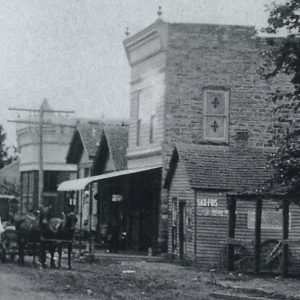


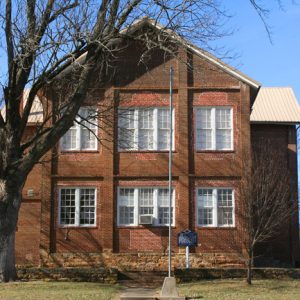
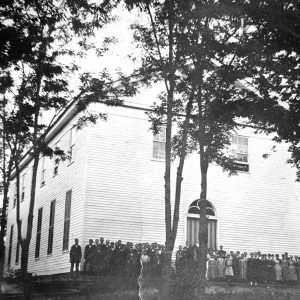

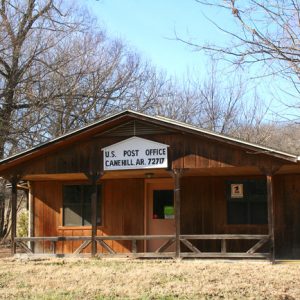
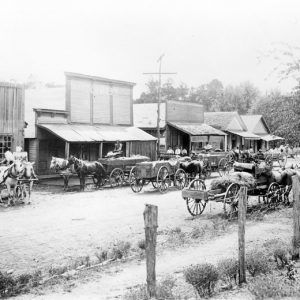

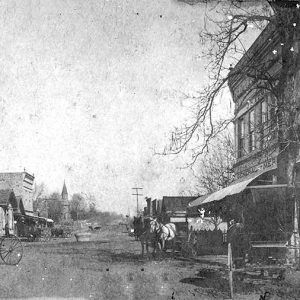
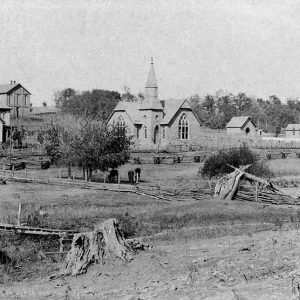
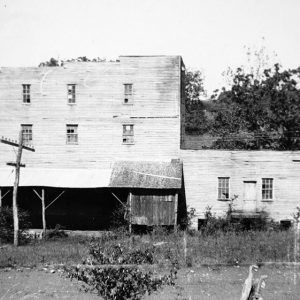


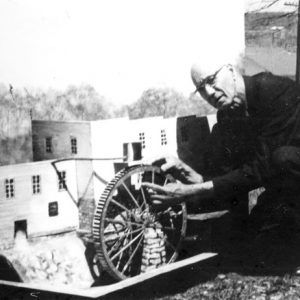
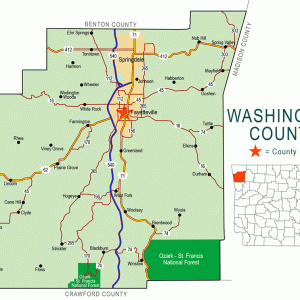




Comments
No comments on this entry yet.